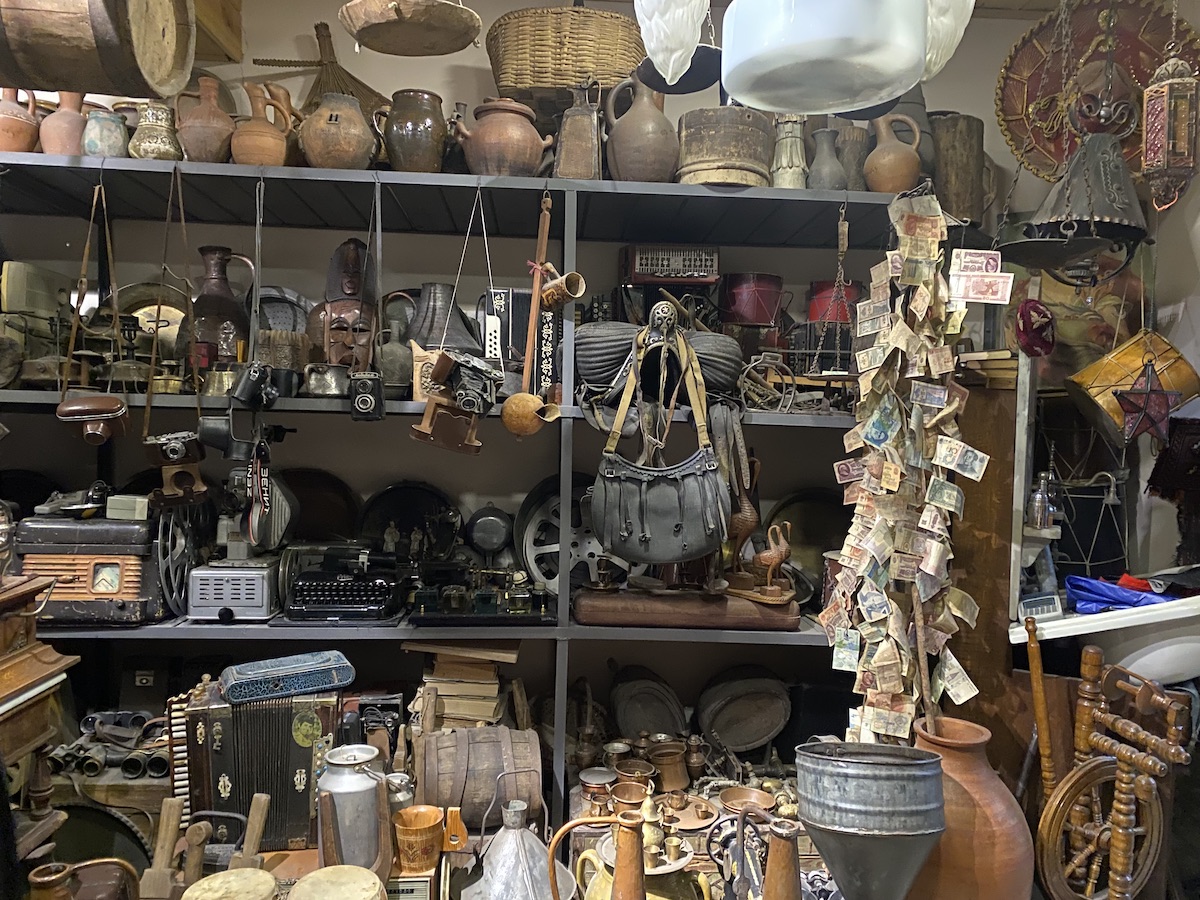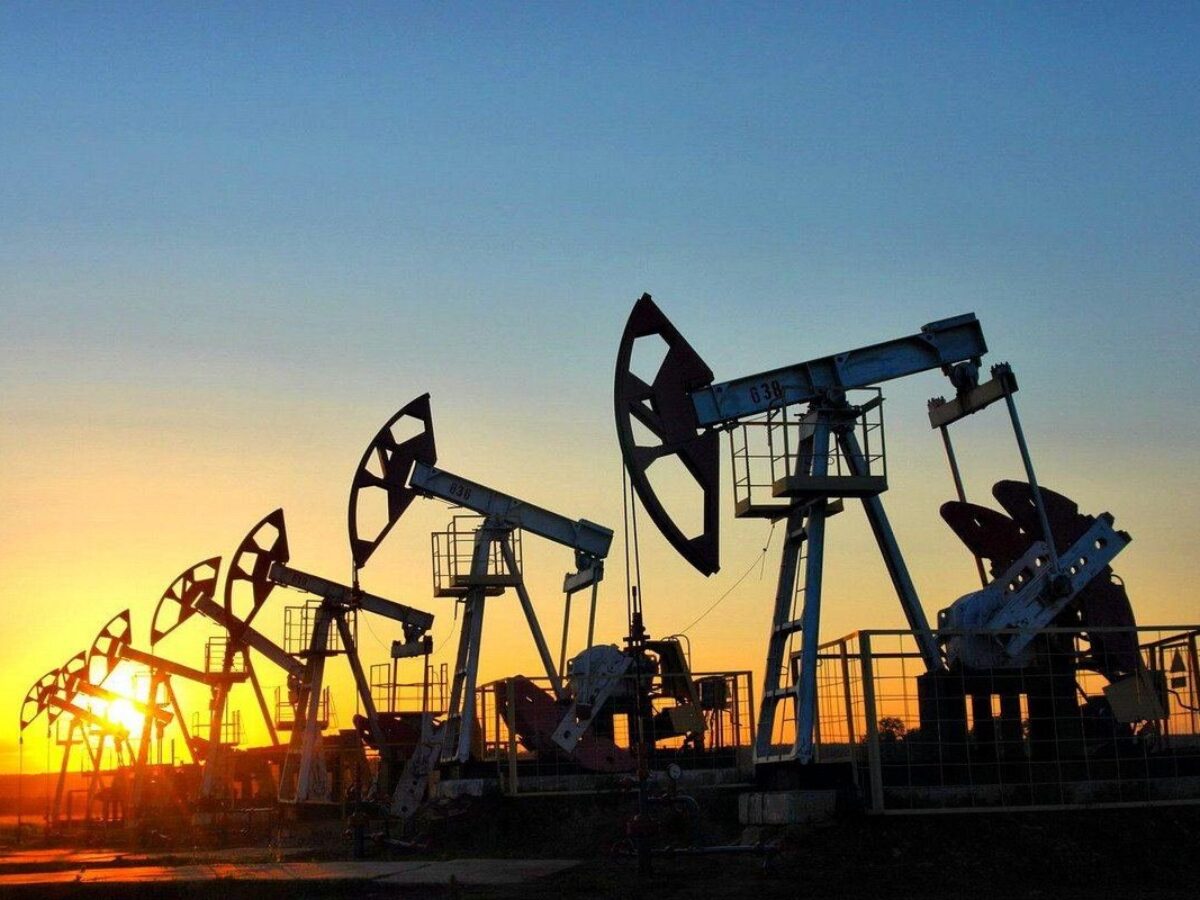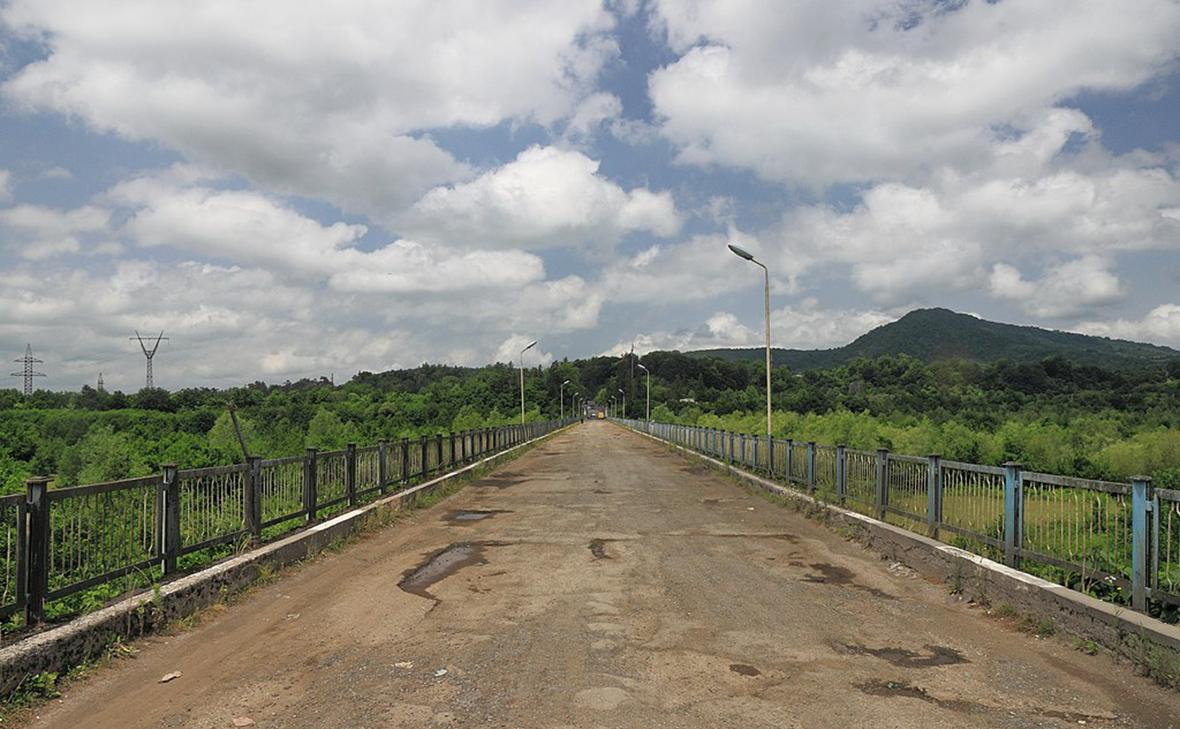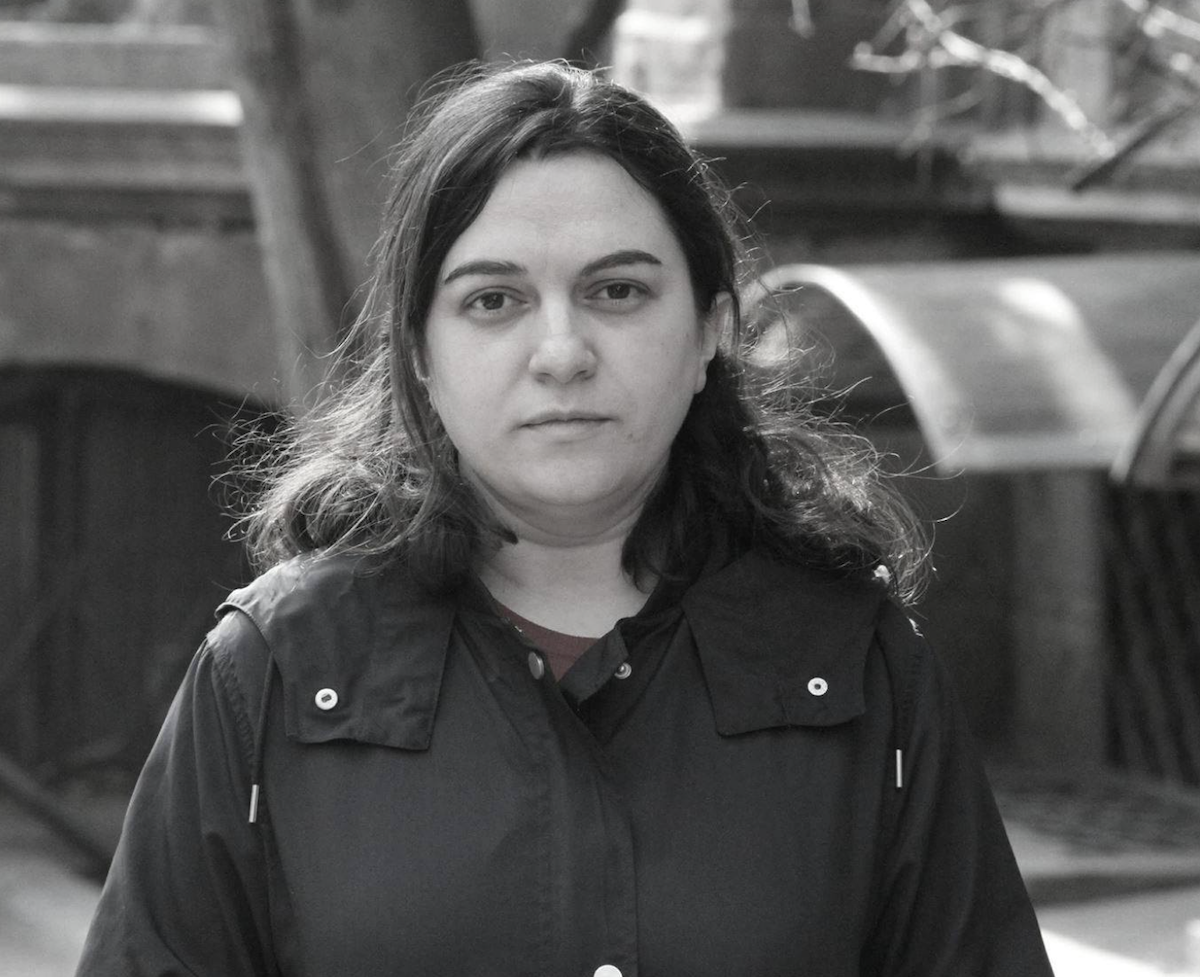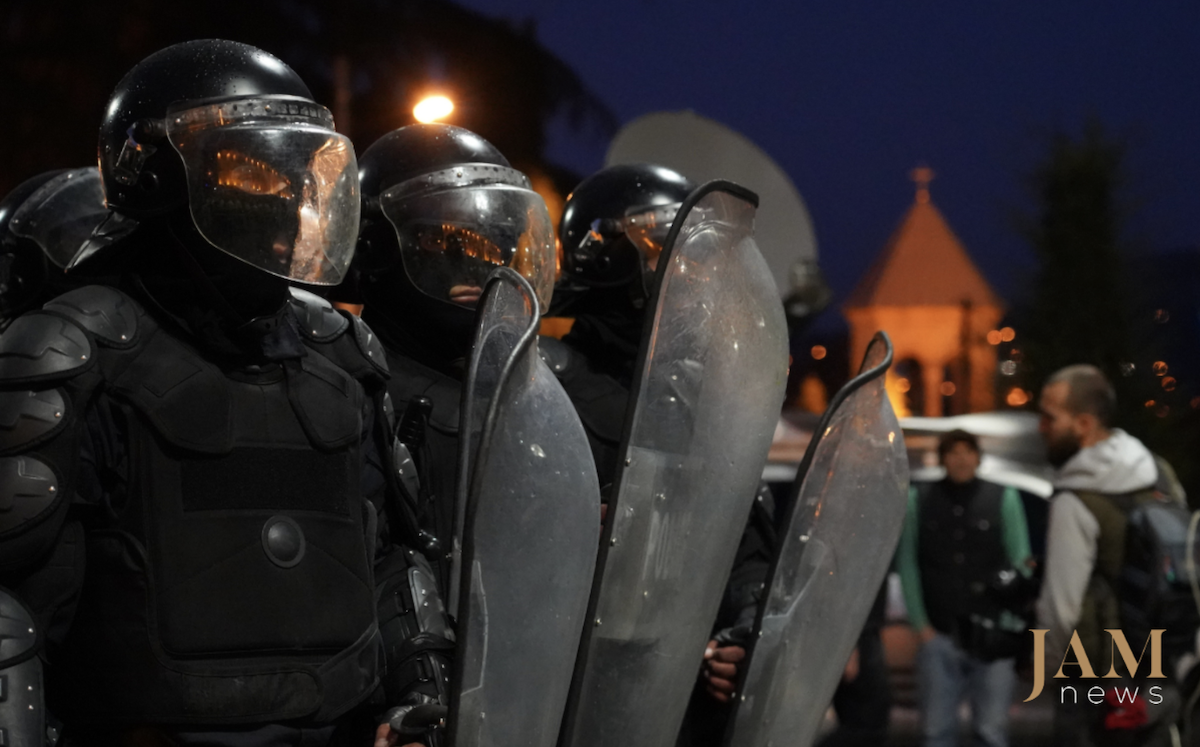Armenia reacts to global gold price surge: producers and sellers respond
Armenia reacts to global gold price surge
In April 2025, the global price of gold reached a new record, exceeding $3,500 per troy ounce of 999 fine gold. The Armenian market responded immediately — prices rose. According to the Central Bank’s exchange rate, the average price of 1 gram of 999 fine gold in April stood at around 42,000 drams ($110), and for 585 gold — 25,000 drams ($65.50). These prices remain in effect today.
The price increases on the local market over the past year have led to a decline in sales.
A troy ounce — the standard unit of weight for precious metals — is equal to 31.1 grams.
Buyers in Armenia are watching market developments with concern. Even dedicated jewellery enthusiasts are avoiding risky purchases, despite gold traditionally being considered a stable investment.
- ‘Modernisation is essential for progress’: Economist’s proposals to Armenian authorities
- Georgia-Armenia trade in 2024: Sharp decline amid government optimism
- ‘Armenia faces choice: lead or follow others’ – IT specialist
Producers increase export volumes
Artavazd and Gor Sargsyan, brothers who have been producing gold jewellery for 18 years, admit they did not anticipate such a sharp rise in gold prices.
“Small price fluctuations have always existed. Prices used to vary within $2–5 per gram. But now, just look at what’s happening. The market price for one gram of 585 gold has reached 30,000 drams. To compare, in 2024, a gram of the same gold cost 20,000 drams — that’s a 30% increase. People blame us for raising jewellery prices, but they don’t realise the real cause is the high cost of raw materials,” explains Gor Sargsyan.
Sales volumes have dropped by half. As a result, some jewellery is now produced exclusively for export. According to the businessman, they export to Kazakhstan, Russia, Uzbekistan, and the UAE:
“Unlike our fellow citizens, people in these countries buy gold as an investment. So the price surge hasn’t really changed their behaviour. They buy at high prices and sell at high prices too.”
Gor Sargsyan believes that in Armenia, gold jewellery is mostly bought for special occasions — weddings, birthdays, christenings:
“There aren’t many buyers who purchase gold jewellery out of love for it or to use it as a financial cushion. Some items we only produce on request — whether for local sale or export. It could be a major financial loss for us if products sit unsold for a long time. Gold jewellery, like clothing or other goods, can go out of fashion.”
He adds that the global gold price hike has significantly impacted sales volumes for all local producers. However, so far, they’ve managed to offset their costs through exports.
Sellers turn to social media as sales struggle
The situation has proven more difficult for another part of the business chain — those selling gold and gold jewellery.
Naira, who sells jewellery at Yerevan’s gold market, says she had to reactivate her Facebook and Instagram pages just to cover basic expenses such as stall rent:
“Of course, most of my customers are regulars, but I do get some new ones too. Right now, we have a few trendy models that we’ve started offering in lighter weights — those are selling.”
According to her, buyers are now typically spending around 100,000 drams ($260):
“More expensive pieces are only of interest to very specific clients. We had strong sales right after the COVID-19 pandemic — 2023 was a record year for us. Now, we’re just trying to keep our spot at the market, cover costs, and earn at least a little income. But we’re hopeful.”
Sellers at the market declined to make any forecasts. Instead, they appealed to the government to consider their situation and, at the very least, stop “squeezing” them with taxes. They noted that in other countries, steps are being taken to support production and sales amid the global price surge.
“Gold price rise won’t shake Armenia’s economy”
Economist Armen Ktoyan attributes the record surge in global gold prices to the weakening of the US dollar amid a trade war launched by President Donald Trump — and the resulting increase in demand for gold as a reserve asset:
“Globally, gold remains the most stable reserve asset. Today, the winners are those states, entrepreneurs, and individuals who chose gold as an investment. Armenia won’t benefit from rising prices for this precious metal, as it holds no gold reserves.”
According to Ktoyan, Armenia served as a transit country over the past two to three years for gold exports from Russia to the UAE:
“This generated additional income in the country. But recent statistics show a drop in Armenia’s foreign trade turnover in gold — although it’s hard to directly link that to the price surge.”
He emphasises that jewellery is a priority sector for Armenia’s economy. Rising prices could have brought in more revenue — but only if purchasing power and export volumes had remained unchanged.
On the question of whether it is wise to invest in gold, Ktoyan notes that behaviour varies depending on expectations:
“There’s a logic to it: if prices are expected to rise, investors move their spare funds into gold as an asset — leading to increased buying. Conversely, if prices are expected to fall, they divert funds elsewhere.”
He believes fanatical jewellery buyers follow a different logic. Most are simply hoping prices will drop again so they can return to buying appealing items.
Rather than offering forecasts, Armen Ktoyan advises keeping a close eye on global trends and external factors influencing gold prices.
In any case, he is confident that no serious shocks to Armenia’s economy are expected in this sector.
Armenia reacts to global gold price surge












